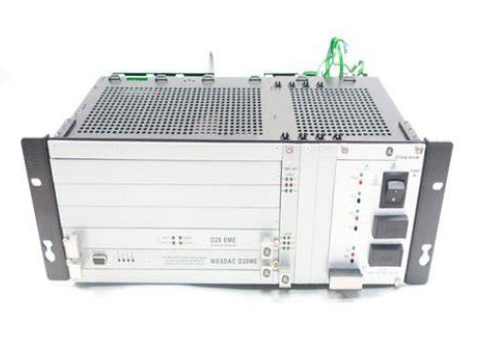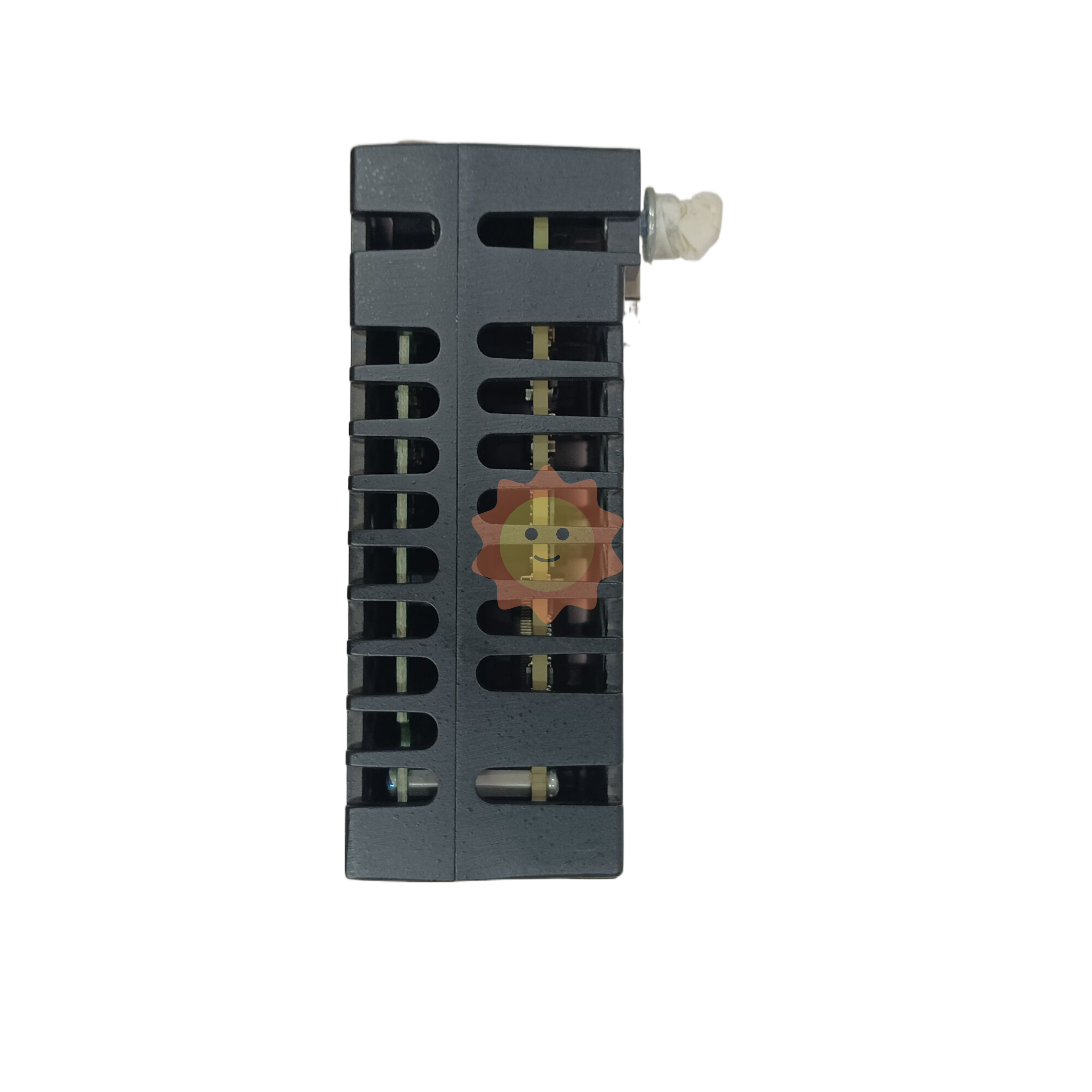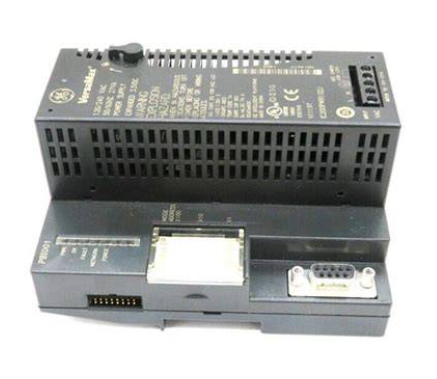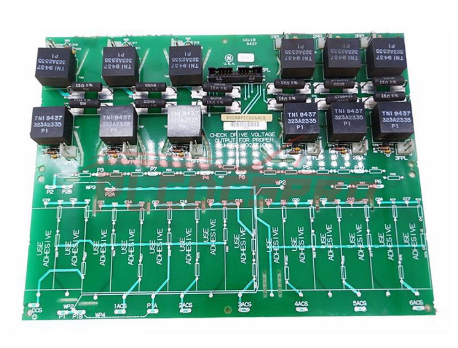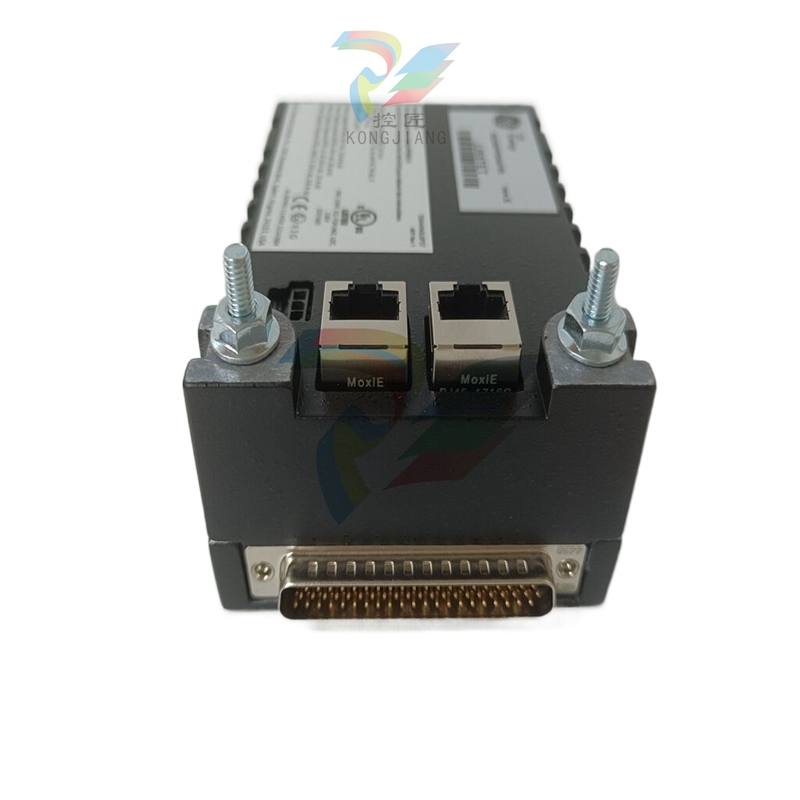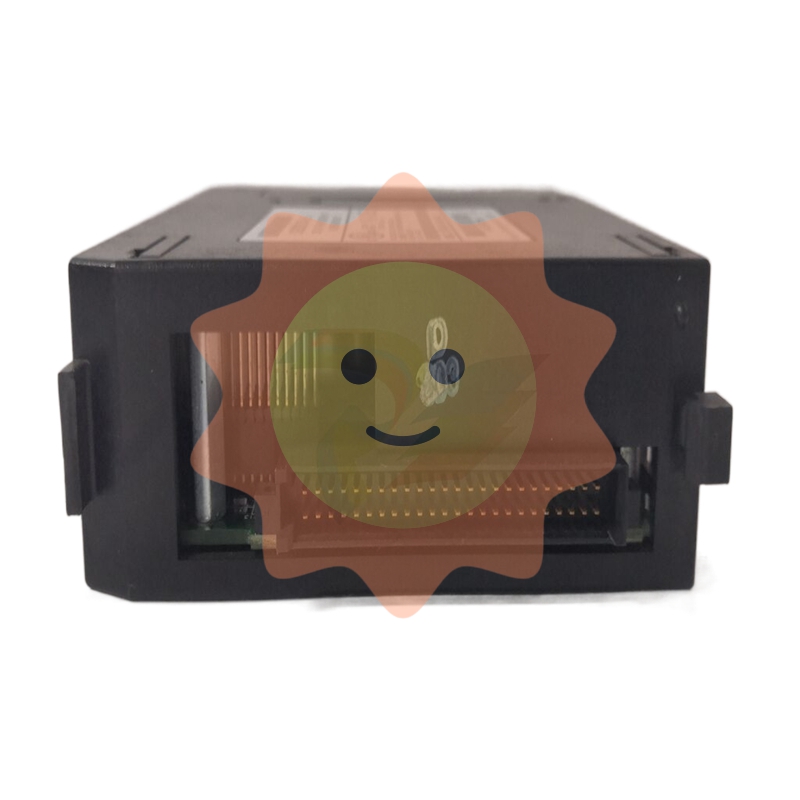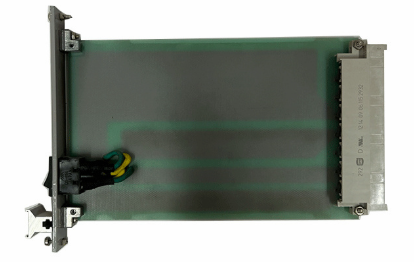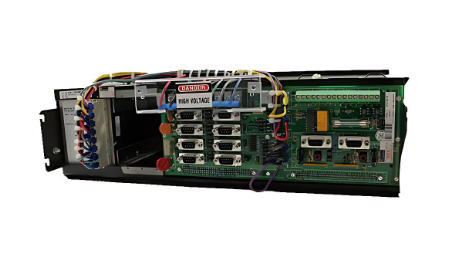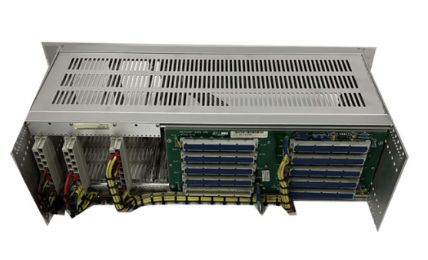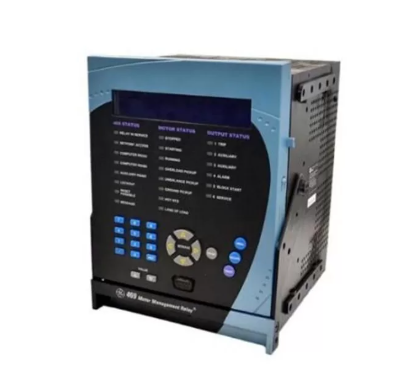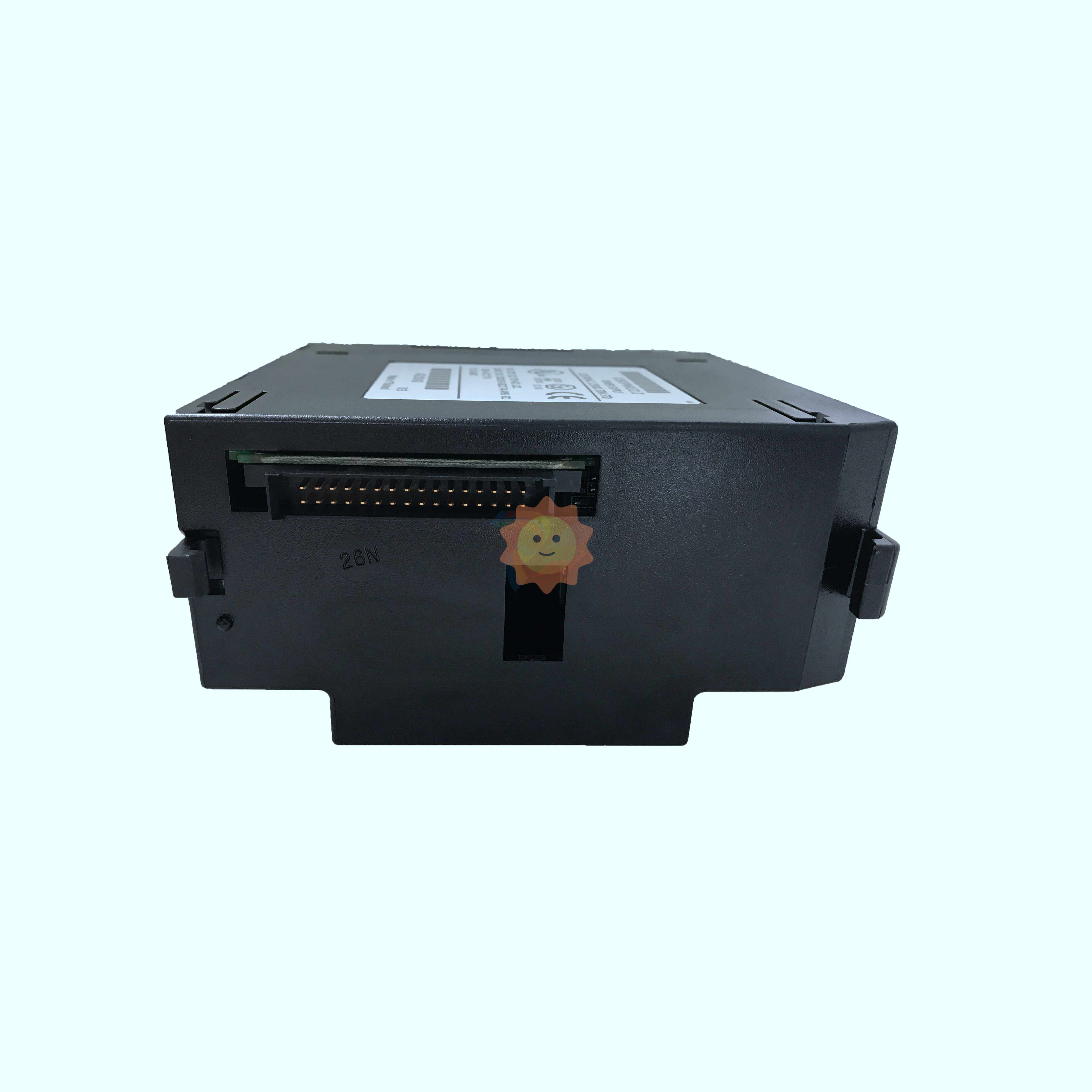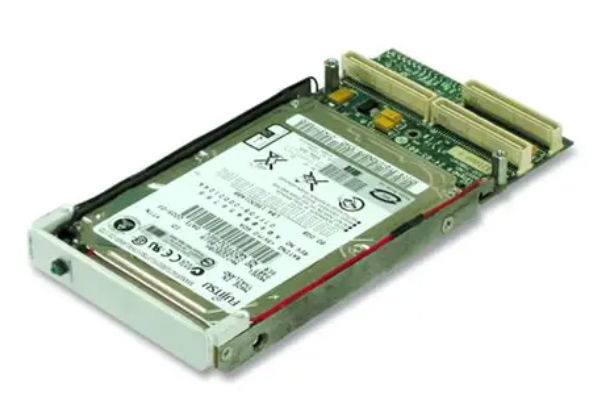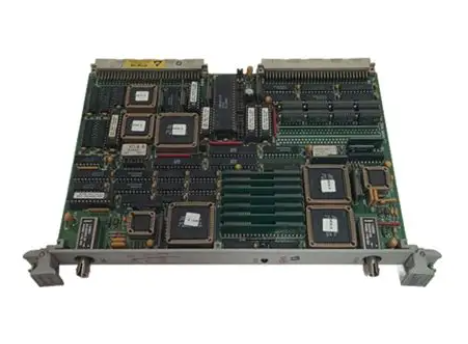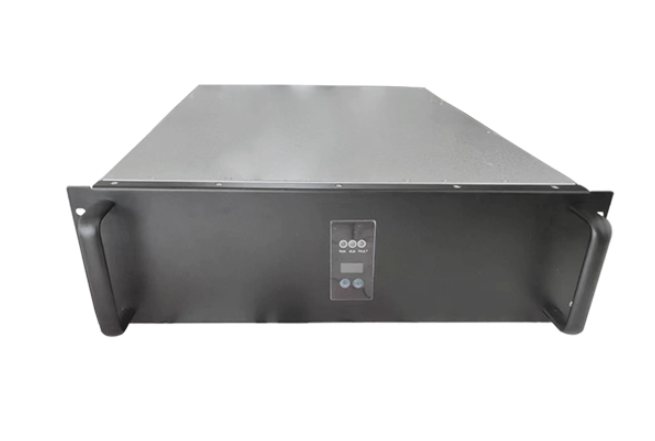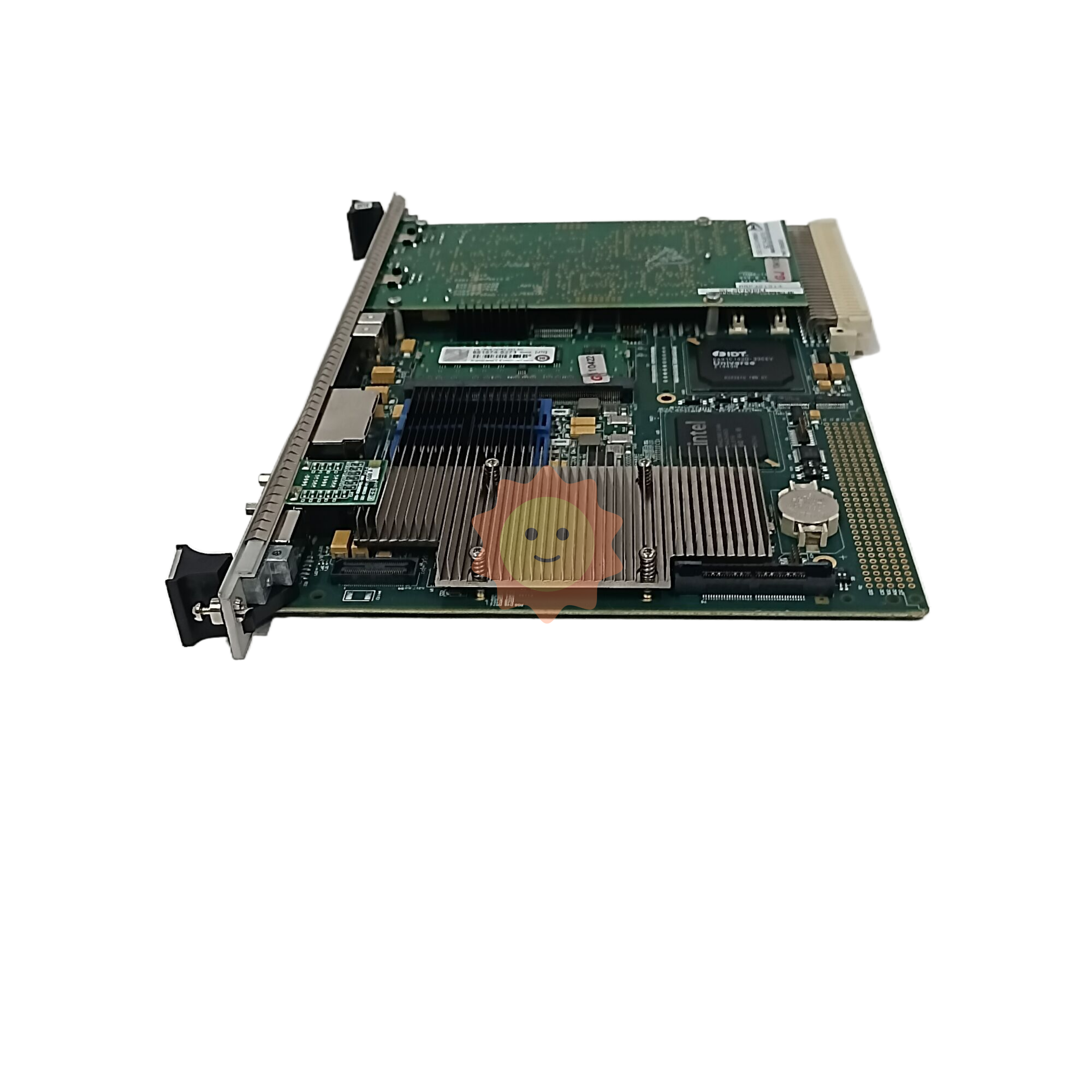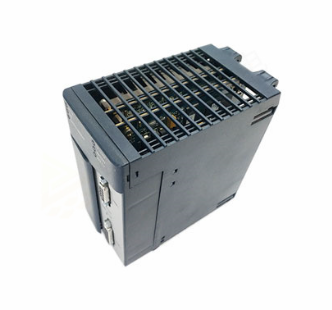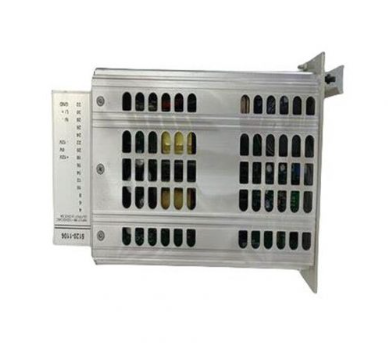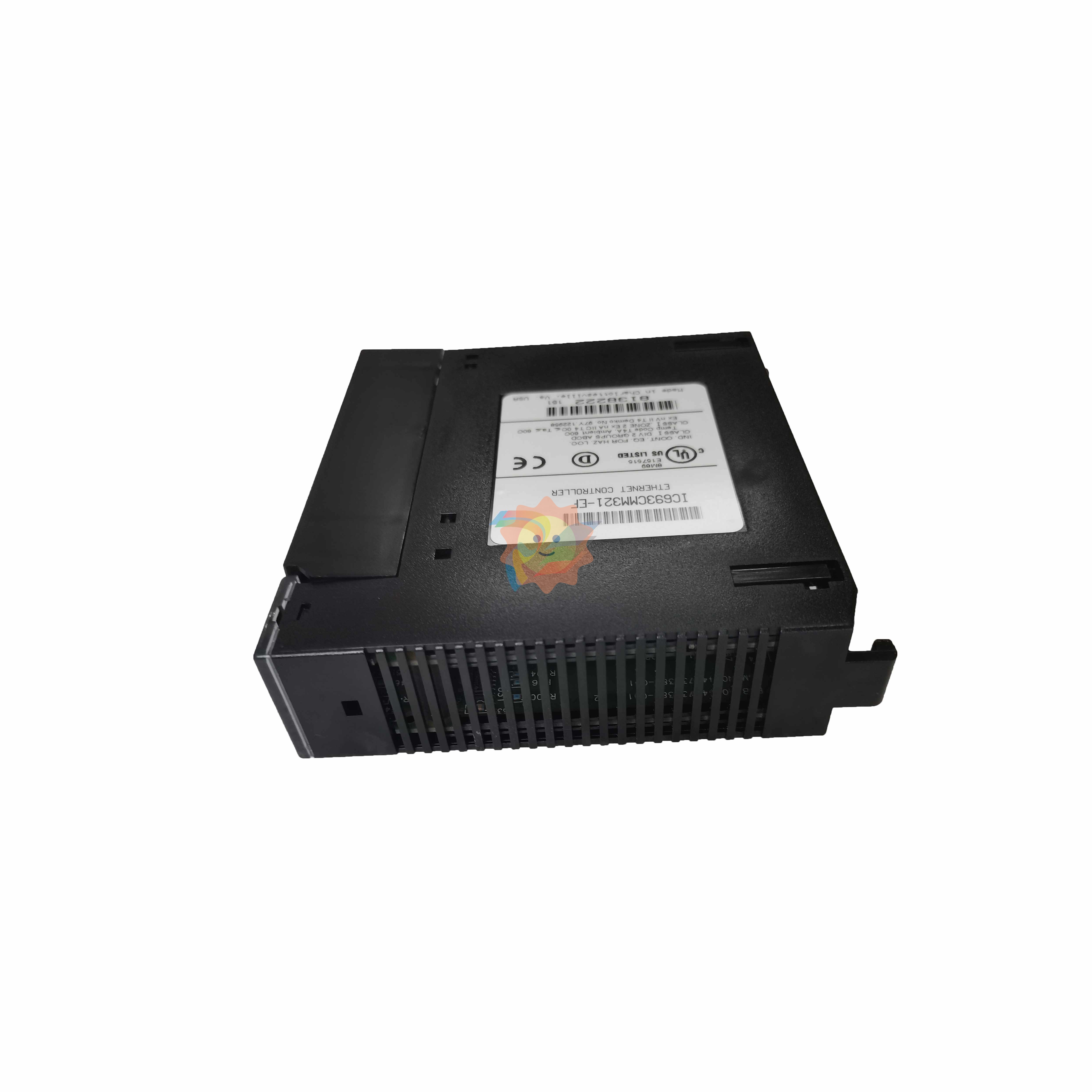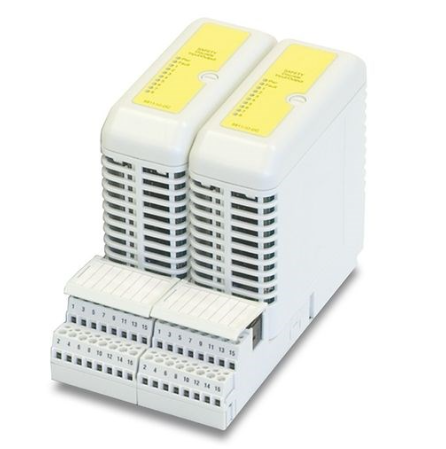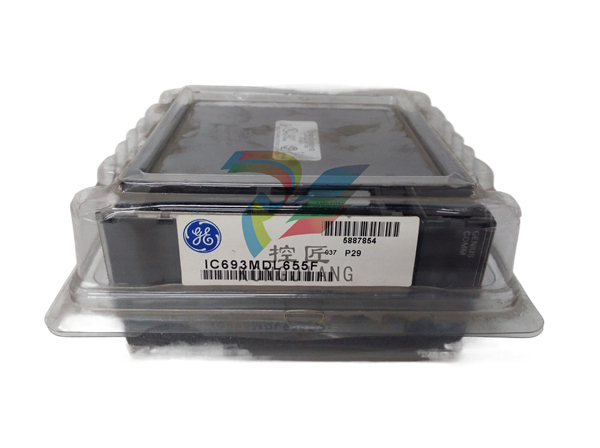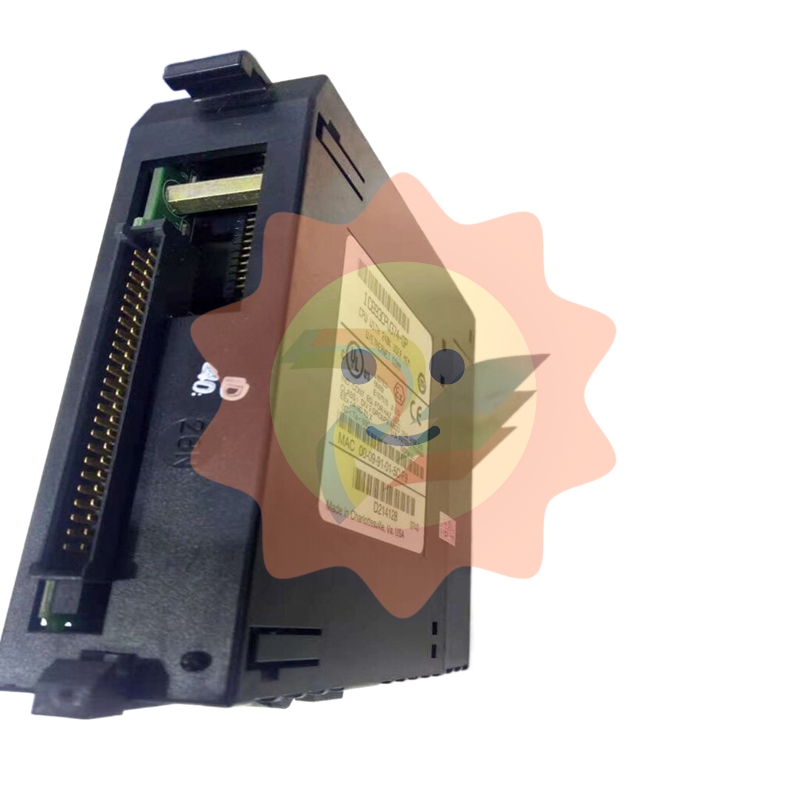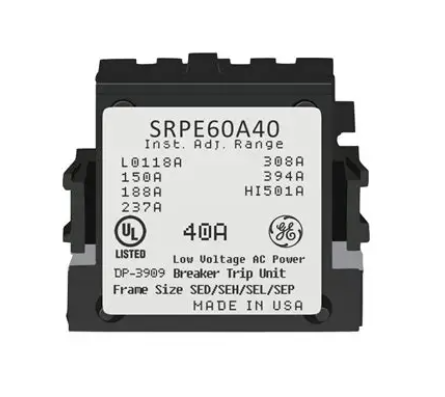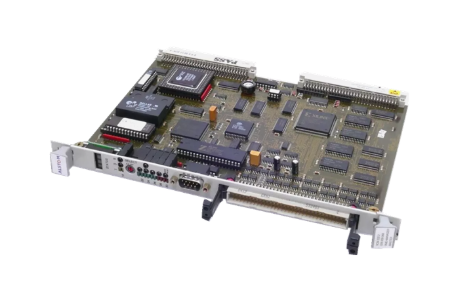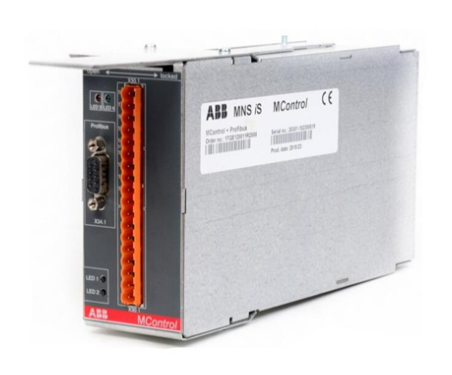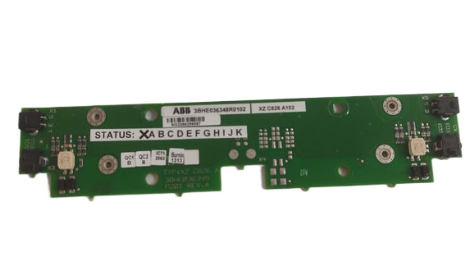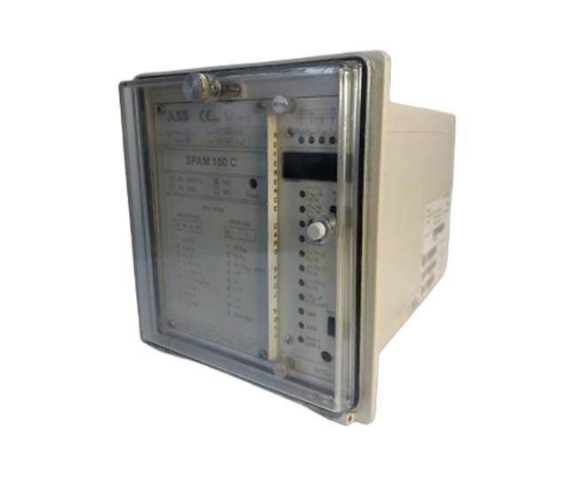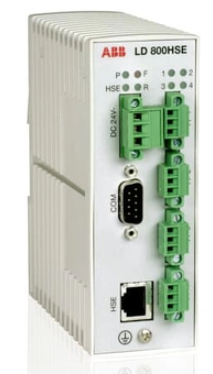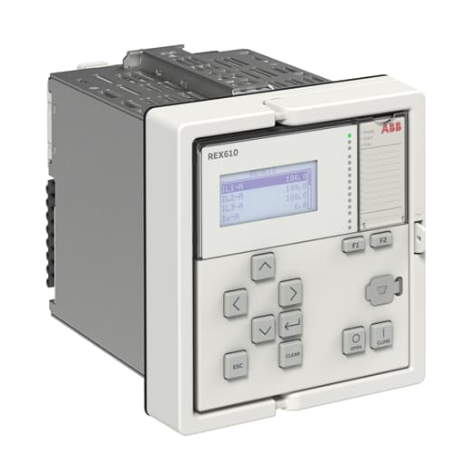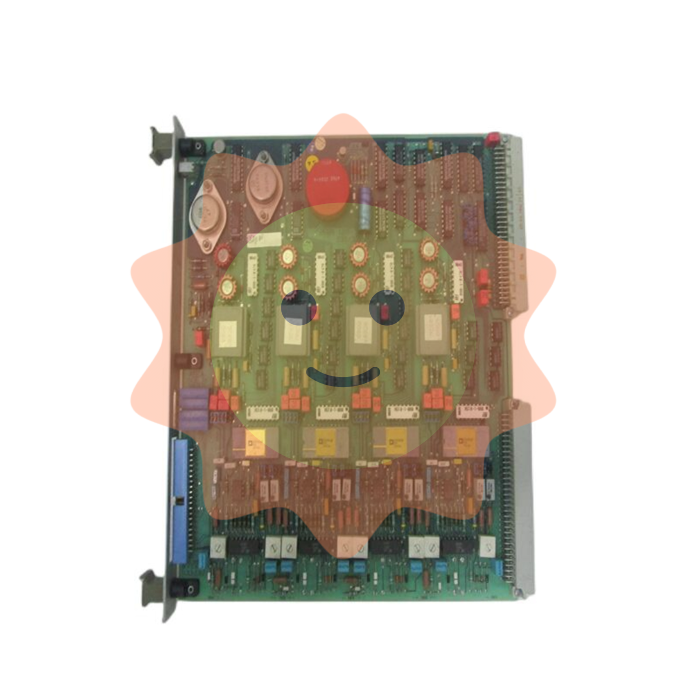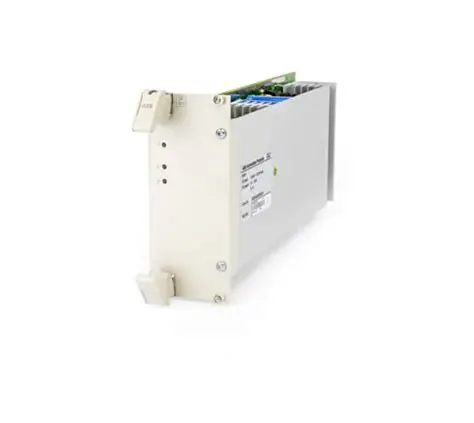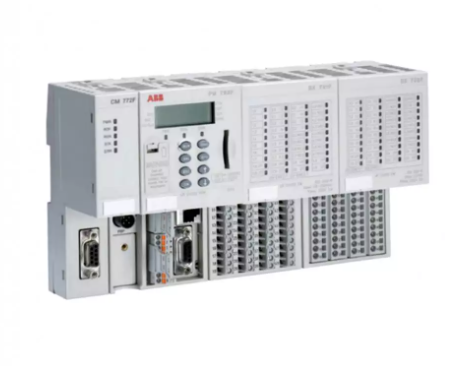ABB PPC380AE102 high-performance industrial controller
ABB PPC380AE102 high-performance industrial controller
Product overview
ABB PPC380AE102 is a high-performance industrial controller designed specifically to address complex industrial environments and diverse control requirements. It perfectly integrates advanced control technology, high-speed data processing capabilities, and reliable hardware design, and is committed to providing comprehensive automation control solutions for many industrial fields such as manufacturing, process control, and energy. Whether in precision control of automated production lines or real-time monitoring and control of large-scale industrial processes, PPC380AE102 can demonstrate extraordinary strength, helping enterprises achieve intelligent and efficient production.
Specification parameters
Model: PPC380AE102
Working voltage: With a wide voltage adaptation range, it can operate stably in common industrial voltage environments (such as 220V, 380V, etc.) and can be flexibly adjusted according to the special requirements of different application scenarios, ensuring stable and reliable power support for equipment under various complex power supply conditions.
Weight: After careful design and material selection, the weight is controlled within a reasonable range while ensuring functional integrity and reliability, making it easy to install and layout in various industrial equipment, reducing the impact on the overall structure and operational stability of the equipment.
Warranty period: Providing a 365 day warranty service is not only ABB's high confidence in product quality, but also a powerful guarantee for customer rights. During the warranty period, customers can enjoy comprehensive technical support and after-sales maintenance services to ensure that the product is always in the best operating condition.
Temperature range: capable of stable operation in extreme temperature environments ranging from -20 ° C to+70 ° C. Whether in the cold northern industrial areas or the hot southern production workshops, PPC380AE102 can withstand temperature challenges, operate continuously and stably, effectively avoid equipment failures caused by environmental temperature changes, and ensure the continuity and stability of industrial production.
Protection level: Achieve the high standard protection level required for industrial applications, such as IP65 or higher. This enables it to effectively resist the erosion of dust, moisture, oil stains, and other common industrial environmental factors, providing reliable protection for internal precision electronic components, greatly extending the product's service life, and ensuring long-term stable operation in harsh industrial environments.
Certification standards: Strictly follow international authoritative certification standards such as CE, UL, RoHS for design, production, and testing. From multiple dimensions such as product safety, electromagnetic compatibility, to environmental requirements, we comprehensively ensure product quality and compliance, allowing users to have no worries during use.
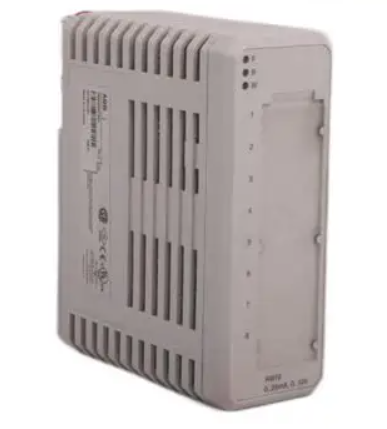
Key advantages
High performance and reliability: With high-performance processors, high-quality electronic components, and rigorously tested and validated hardware and software designs, PPC380AE102 can demonstrate outstanding performance and extremely high reliability in various complex industrial automation projects. Whether facing high-intensity data processing tasks or harsh industrial environment challenges, it can always maintain a stable and efficient operating state, effectively reduce equipment failure rates, minimize production interruption risks, and provide a solid and reliable guarantee for the continuity and stability of industrial production. According to actual application data statistics, the use of PPC380AE102 industrial control system reduces equipment failure rate by more than 30% compared to traditional controllers, greatly improving the production efficiency and economic benefits of enterprises.
High flexibility and scalability: Adopting a modular design concept, PPC380AE102 has excellent flexibility and scalability. It can be easily integrated into existing industrial control systems, achieving seamless connection and collaborative work with different brands and types of equipment. At the same time, users can easily and quickly expand the controller according to changes in actual production needs, such as adding I/O modules to meet the connection requirements of more devices, adding communication modules to expand communication functions, and replacing higher performance processor modules to improve computing power. This high degree of flexibility and scalability not only protects users' initial investment, but also enables industrial control systems to continuously upgrade and optimize with the development of enterprise business and technological progress, always maintaining a leading level in the industry.
Excellent cost-effectiveness: PPC380AE102 has outstanding cost-effectiveness while meeting high-performance and powerful functional requirements. Its reasonable price positioning, low maintenance costs (including spare parts costs, repair costs, and technical support costs), and efficient and energy-saving design enable enterprises to effectively reduce costs when purchasing and using this controller. Through precise control algorithms and optimized energy management strategies, PPC380AE102 can help companies improve production efficiency, reduce energy consumption, and save significant costs in long-term operations. Compared with similar products, using PPC380AE102 can reduce the overall operating costs of enterprises by 15% -20%, significantly enhancing their market competitiveness.
Convenient maintenance and diagnosis: PPC380AE102 is equipped with a comprehensive self diagnostic function, which can monitor its own operating status in real time and quickly and accurately diagnose hardware failures, software abnormalities, and communication failures. Once a fault is detected, the controller can quickly issue an alarm to the user through indicator lights, communication interfaces, or alarm systems, and provide detailed information on the type and location of the fault, facilitating timely troubleshooting and maintenance by technical personnel. At the same time, its simple structural design and standardized interfaces make daily maintenance and equipment replacement operations simple and easy, effectively reducing equipment downtime and improving production efficiency. Based on actual maintenance experience, using the PPC380AE102 industrial control system has reduced the average fault repair time by more than 50% compared to traditional systems, greatly reducing the impact of equipment failures on production.
Precautions
Installation specifications: When installing the PPC380AE102 controller, it is necessary to strictly follow the detailed instructions in the product installation manual. Ensure that the controller is installed in a stable and flat position to avoid poor contact or damage caused by vibration, displacement, and other factors. During the wiring process, it is necessary to carefully check whether the wiring is correct and secure, strictly follow electrical safety regulations, and prevent electrical faults such as short circuits and open circuits caused by wiring errors, which may cause equipment damage or personnel safety accidents. At the same time, attention should be paid to the reasonable wiring and protection of cables to avoid external compression, wear, or interference.
Parameter configuration: Before using PPC380AE102, users must carefully read the product manual and have a deep understanding of the various parameters and functional settings of the controller. According to the specific requirements of the actual application scenario, such as the characteristics of the controlled object, production process requirements, communication network architecture, etc., configure the parameters of the controller reasonably, including input/output signal types, communication protocols, control algorithm parameters, alarm thresholds, etc. Unreasonable parameter configuration may cause the controller to malfunction or fail to fully utilize its performance advantages, and may even affect the stability and reliability of the entire industrial control system. Therefore, after the parameter configuration is completed, it is recommended to conduct sufficient testing and verification to ensure that the system runs normally.
Environmental adaptation: Although PPC380AE102 has strong environmental adaptability, in actual use, it should still be avoided as much as possible to keep the controller in an environment that exceeds its specified working temperature range, has high humidity, or strong electromagnetic interference for a long time. Excessive or insufficient temperature may affect the performance and service life of electronic components inside the controller, leading to equipment failure; A humid environment may cause issues such as circuit short circuits and corrosion, reducing the reliability of equipment; Strong electromagnetic interference may cause signal transmission errors, abnormal control instructions, and affect the normal operation of the system. If used in high temperature environments, it is necessary to ensure that the equipment has good heat dissipation measures, such as installing cooling fans, heat sinks, etc; In low-temperature environments, appropriate heating and insulation measures can be considered, such as using heating belts. For places with strong electromagnetic interference, effective shielding measures should be taken, such as using shielded cables, metal shielding enclosures, etc., to ensure the stable operation of the controller.
Regular maintenance: To ensure the long-term stable operation of PPC380AE102, enterprises should establish a sound regular maintenance system. Regularly check the operating status of the equipment, observe whether the indicator lights are displaying normally, and whether there are any abnormal noises or odors. Regularly clean the surface dust of the equipment to prevent excessive dust accumulation from affecting heat dissipation and electrical performance. At the same time, regular functional testing of the controller is conducted, such as input and output signal testing, communication function testing, control algorithm verification, etc., to promptly identify and address potential issues. In addition, important data and programs in the controller should be backed up regularly to prevent data loss. Through regular maintenance, the service life of the controller can be effectively extended, ensuring that the equipment can work normally at critical moments and guaranteeing the smooth progress of industrial production.
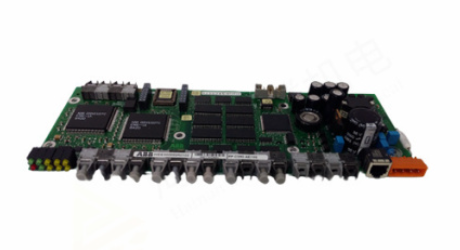
- EMERSON
- Honeywell
- CTI
- Rolls-Royce
- General Electric
- Woodward
- Yaskawa
- xYCOM
- Motorola
- Siemens
- Rockwell
- ABB
- B&R
- HIMA
- Construction site
- electricity
- Automobile market
- PLC
- DCS
- Motor drivers
- VSD
- Implications
- cement
- CO2
- CEM
- methane
- Artificial intelligence
- Titanic
- Solar energy
- Hydrogen fuel cell
- Hydrogen and fuel cells
- Hydrogen and oxygen fuel cells
- tyre
- Chemical fiber
- dynamo
- corpuscle
- Pulp and paper
- printing
- fossil
- FANUC
- Food and beverage
- Life science
- Sewage treatment
- Personal care
- electricity
- boats
- infrastructure
- Automobile industry
- metallurgy
- Nuclear power generation
- Geothermal power generation
- Water and wastewater
- Infrastructure construction
- Mine hazard
- steel
- papermaking
- Natural gas industry
- Infrastructure construction
- Power and energy
- Rubber and plastic
- Renewable energy
- pharmacy
- mining
- Plastic industry
- Schneider
- Kongsberg
- NI
- Wind energy
- International petroleum
- International new energy network
- gas
- WATLOW
- ProSoft
- SEW
- wind
- ADVANCED
- Reliance
- YOKOGAWA
- TRICONEX
- FOXBORO
- METSO
- MAN
- Advantest
- ADVANCED
- ALSTOM
- Control Wave
- AB
- AMAT
- STUDER
- KONGSBERG
- MOTOROLA
- DANAHER MOTION
- Bently
- Galil
- EATON
- MOLEX
- Triconex
- DEIF
- B&W
- ZYGO
- Aerotech
- DANFOSS
- KOLLMORGEN
- Beijer
- Endress+Hauser
- MOOG
- KB
- Moxa
- Rexroth
- YAMAHA
- Johnson
- Westinghouse
- WAGO
- TOSHIBA
- TEKTRONIX


Email:wang@kongjiangauto.com
















































